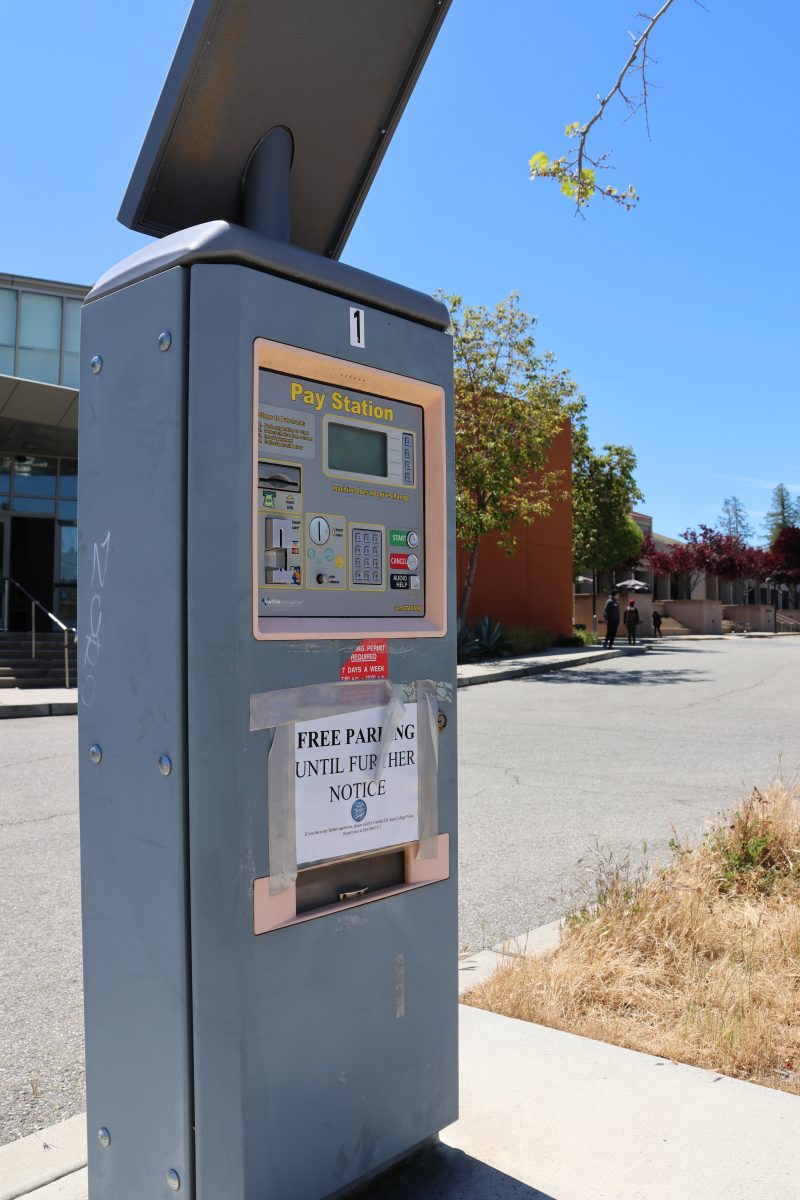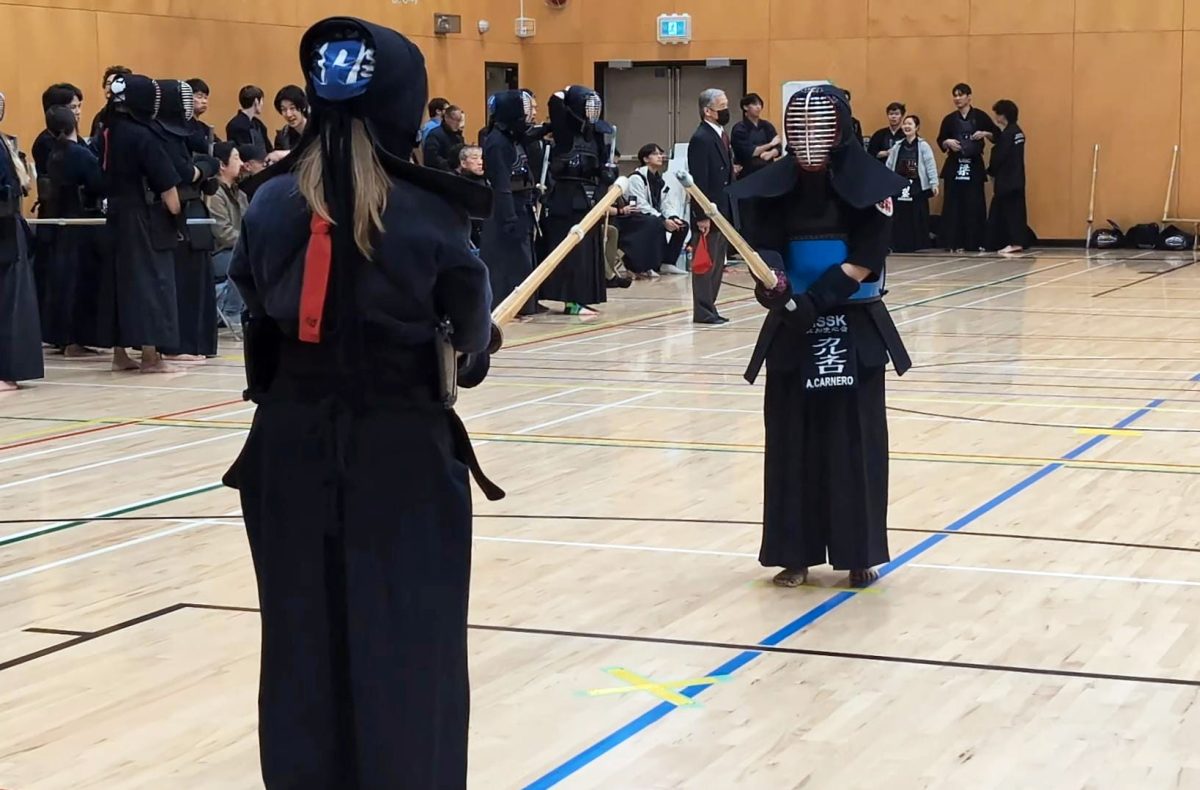Much is at stake for the funding of community colleges across California on Nov. 6, 2012, and the possibility of having less professors, overcrowded classrooms, and fewer classes will depend on which Proposition passes with the most votes Prop 30 or Prop 38.
Both propositions will collect and set aside money from our taxes using different tactics to provide more funds for the public schools in California.
Prop38forlocalschools.org states that, “Proposition 38 is the only education initiative on the ballot because it guarantees that new education dollars go straight to every local school, and can be used to restore cuts to improve student learning.”
Yesonprop30.com says, “Prop 30 stops the cuts, provides billions in new funding for our schools starting this year- supporting everything from smaller class sizes to afterschool programs.”
If both Propositions aim to collect money for our schools, why does it matter whether one passes and the other doesn’t? They’re both aiming for the same goals, just using different taxing methods, but in the end we’ll get the same results, right?
Wrong. Through Prop 38, most of the tax money set aside will be used on schools and programs for K-12 only. No money will be reserved to help the funding of community colleges.
According to votersedge.org, through Prop 38, 60 percent of tax revenue from 2012-2017 would be used for schools K -12, and 10 percent for early care and school programs-leaving 30 percent to cover state debt payments.The percentage of money used towards funding would rise from 2017-2025. Yet there was no mention of any funding going towards community colleges in the state.
What makes the passing of Prop 30 more appealing is its taxing method. People who earn $250,000 or more would have increased taxes for the next seven years, and there would be an increase of ¼ cent on sales and use tax for four years, as shown on ballotpedia.org.
With the passing of Prop 30, a total of 89 percent of new tax revenues would go towards schools K-12, 11 percent would go towards community colleges, according to ballotpedia.org, a much better offer than no percentage going towards community colleges. Plus, if Prop 30 passes, schools won’t have to endure trigger cuts. A $6 billion dollar cut from state spending, which would mostly affect public schools.
Prop 38’s taxing method would raise personal income tax rates for all filers marked over the lowest bracket: $7,316. That raises the amount of tax returns for 40 percent of tax filers, as stated in the SFGate article, “Props 30, 38 impact on voter’s wallet.”
By voting yes on Prop. 30, we can help put a stop to the hour-long waits to see a counselor, cuts in the funding for clubs, the student success center and athletic programs, and not take a significant amount of tax money from the middle class. Prop 30 allows De Anza students to use their voice to say yes to community college funding, and no to diminishing resources.








